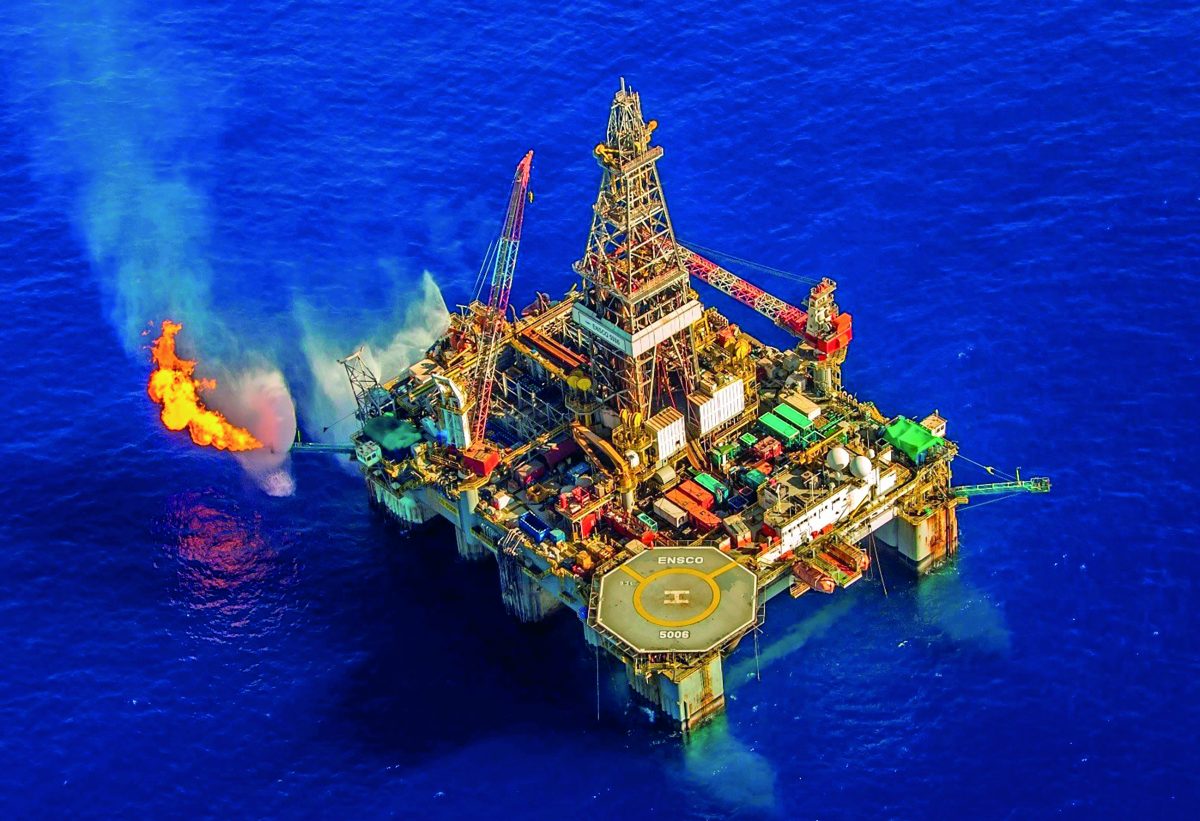The discovery of the giant Zohr field in Egyptian EEZ, just a few kilometres away from Cyprus Block 11, revealed a new geological play and highlighted the perspective of the area.

The subsequent discoveries in Cyprus EEZ confirmed that the geological model extends more widely in the Eastern Mediterranean region. These results bode well for Cyprus and the region, adding to its reputation as an emerging gas region. Considering the other discoveries in the East Med region, they attracted great attention amongst major players. This attention has been captured lately through the interest of major players to acquire new licences. ExxonMobil has already been granted licences for blocks southwest of Crete and Egypt during the recent licensing rounds. It is eyeing more prospects, including opportunities in Israel. Chevron has also extended its interest in Egypt, gaining rights to three offshore blocks, as well as in Cyprus and Israel, by taking over Noble Energy’s shares in the Aphrodite, Tamar and Leviathan gas fields.
“The East Med region has huge potential to supply the EU and international markets with natural gas”
The Exploration activities of the Cyprus licensees led to the discovery of three gas fields, namely Aphrodite in Block 12 (2011), Calypso in Block 6 (2018) and Glaucus in Block 10 (2019). For the Aphrodite field, Cyprus granted its first exploitation license in 2019. According to the approved Plan of Development, the gas that will be produced from the “Aphrodite” field will be transported to Egypt through a subsea pipeline and be liquefied in the Dike LNG plant to be exported via LNG (Liquified Natural Gas) carriers to Europe and other markets according to demand. To facilitate these plans, Cyprus and Egypt have concluded the discussions and agreed on the text of an Intergovernmental Agreement (IGA) concerning a direct submarine natural gas pipeline from Cyprus to Egypt in 2018. The Agreement aims to promote the transport of natural gas from Cyprus to Egypt via the development, construction, and operation of a direct submarine pipeline across the respective EEZs of the two countries for re-export to Europe in the form of LNG. The other discoveries (Calypso and Glaucus) are currently under appraisal. The consequences of the COVID-19 pandemic had a negative impact to the oil and gas industry worldwide last year, and have delayed the exploration program of the licensees. Exploration activities are now progressing, and more discoveries are expected in Cypriot EEZ.
The East Med region has huge potential to supply the EU and international markets with natural gas. Since the Tamar discovery in 2009, around 2,100 BCM (Billion Cubic Meters) have been discovered between Cyprus, Israel and Egypt. Once countries in the region began hydrocarbon exploration and production activities, it was only a matter of time before reaching the common realization that the only way to monetize East Med offshore gas discoveries sustainably was through regional cooperation and coordination. By creating synergies to utilise new and existing infrastructure, neighbouring countries in the east Med region may create strong alliances to create the «East Med gas corridor» to Europe, consisting of different gas sources, routes and export facilities, thus enhancing the energy security of the countries themselves, of the region and Europe more broadly. In this respect, hydrocarbons are a key component that could lead the wider area toward an era of peace and prosperity.